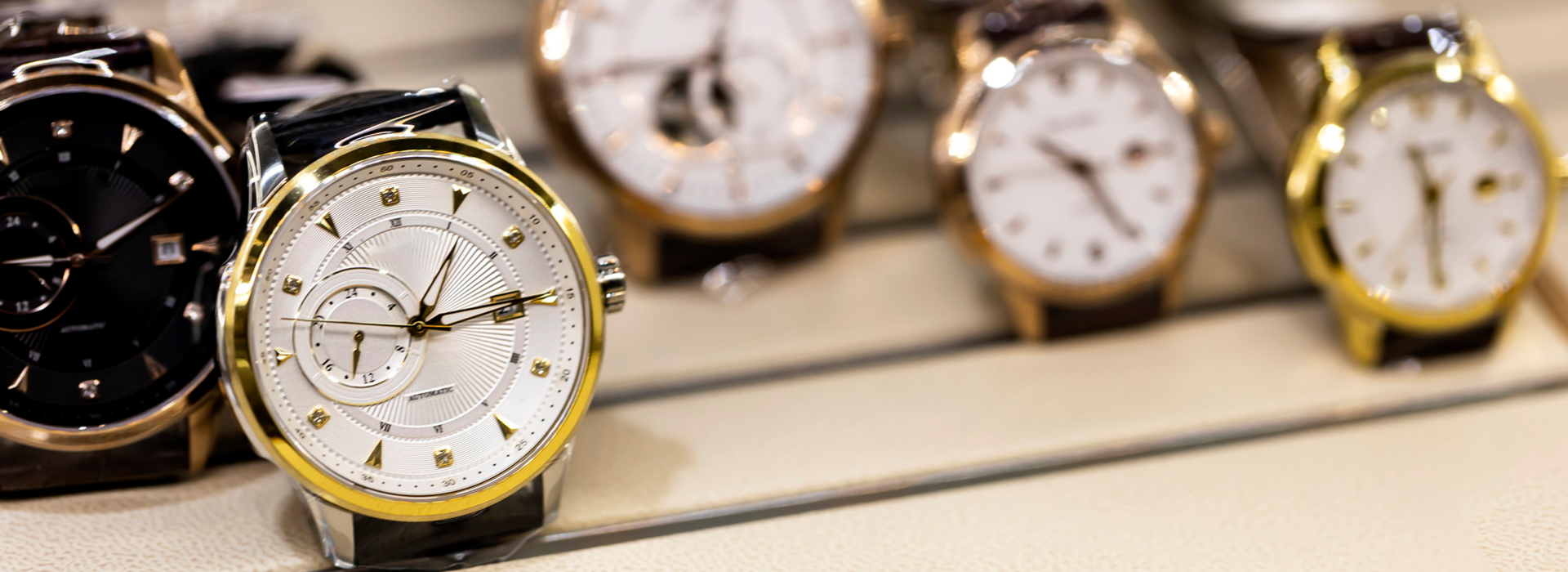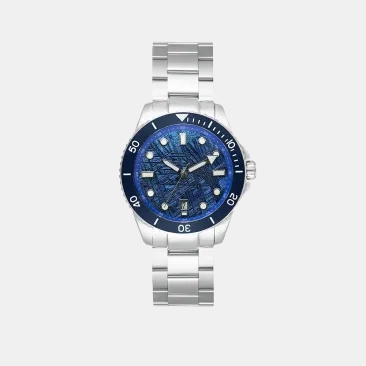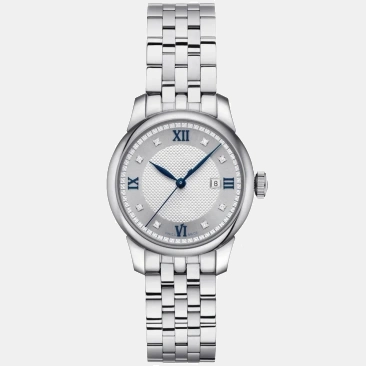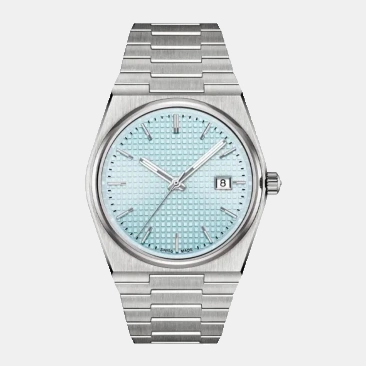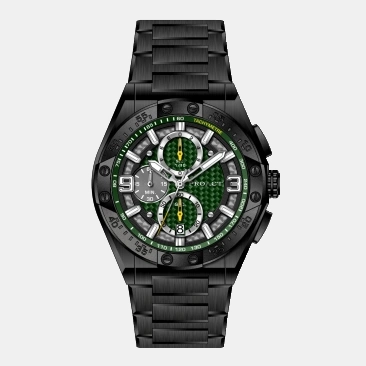Sapphire Crystal Unveiled: The Pinnacle of Watchmaking Excellence"
Time:
2025-10-30 12:29
Source:
This article delves into the world of sapphire crystal, a material as captivating as it is vital in the construction of high-end timepieces. We will explore its unique properties, the meticulous process of transforming raw sapphire into the pristine watch glass, and the benefits it brings to watch enthusiasts and collectors. From its remarkable scratch resistance to its unblemished transparency, sapphire crystal is not just a component; it is a testament to the pursuit of perfection in horology.
The Properties of Sapphire Crystal
At the heart of luxury watchmaking lies a material renowned not just for its toughness, but for its crystal-clear beauty – the sapphire crystal. This section is dedicated to unraveling the remarkable properties of sapphire crystal that make it a jewel in the crown of high-end timepieces
Sapphire crystal, a form of corundum primarily made of aluminum oxide, strikes a perfect balance between beauty and resilience. Unlike the sapphire found in jewelry, the crystal used in watchmaking is synthetically produced, ensuring flawless clarity and uniformity essential for watch faces. This synthetic production process results in a material that ranks at a formidable 9 on the Mohs scale of mineral hardness, just one notch below diamond, the hardest known natural material. This exceptional hardness translates into unparalleled scratch resistance, ensuring that the watch face remains pristine and unmarred by the rigors of daily wear.
Beyond its toughness, sapphire crystal is celebrated for its optical clarity. It serves not just as a protective shield for the watch dial but also as a window that enhances the wearer’s view. The crystal’s high refractive index reduces glare and allows maximum light to illuminate the dial, making the watch’s face legible even under challenging lighting conditions. To further improve visibility, many watchmakers treat sapphire crystals with anti-reflective coatings, which cut down on glare and enhance the user’s ability to read the time at a glance.
Benefits of Sapphire Crystal in Watches
1. Exceptional Scratch Resistance:
- Durability for Everyday Use: One of the most significant benefits of sapphire crystal is its remarkable resistance to scratches. Due to its hardness, only a material of similar or higher hardness (like a diamond) can scratch it. This resistance ensures that the watch face remains clear and legible over time, even with daily wear and exposure to rough environments.
- Preserving the Watch’s Aesthetic: The scratch-resistant nature of sapphire crystal helps maintain the watch’s pristine appearance, keeping it looking new and unblemished for years, an essential aspect for both collectors and regular users.
2. Clarity and Legibility:
- Optimal Visibility: The crystal-clear nature of sapphire crystal enhances the watch’s legibility. Its transparency ensures that the intricate details of the dial, including the hands, markers, and any other complications, are displayed with utmost clarity.
- Anti-Reflective Treatments: Many sapphire crystals receive anti-reflective coatings on one or both sides, which minimize light reflection and further improve visibility, ensuring the watch face is easily readable even under direct sunlight.
3. Longevity and Resilience:
- Withstanding the Test of Time: The inherent toughness of sapphire crystal makes it highly resistant to shattering or breaking, contributing to the overall longevity of the timepiece.
- Resistance to Ageing: Unlike other materials, sapphire crystal does not yellow over time, ensuring that the watch retains its original clarity and appearance.
4. Enhanced Aesthetic Appeal:
- Elevating Watch Design: The luster and finish of sapphire crystal add to the overall aesthetic appeal of the watch. Its ability to be shaped into various forms and sizes also allows for creative freedom in watch design, catering to a range of styles from classic to contemporary.
5. Value Addition:
- A Mark of Luxury: The use of sapphire crystal is often associated with high-quality, luxury watches. Its presence in a timepiece signifies a level of sophistication and attention to detail, adding to the watch’s value both in terms of function and prestige.
Sapphire Crystal vs. Other Materials
Comparing Sapphire Crystal with Alternative Watch Glass Options
In the diverse landscape of watchmaking, various materials are used for watch glasses, each offering distinct properties and benefits. Sapphire crystal, with its unique set of advantages, stands out among these. This section compares sapphire crystal with other commonly used materials in watchmaking, such as mineral glass and acrylic, providing a comprehensive understanding of why sapphire crystal is often the preferred choice in luxury watches.
1. Sapphire Crystal vs. Mineral Glass:
- Hardness and Scratch Resistance: While mineral glass, made from silicate, is harder and more scratch-resistant than acrylic, it falls short of the hardness offered by sapphire crystal. Sapphire crystal’s near-diamond hardness ensures superior scratch resistance compared to mineral glass.
- Clarity and Aesthetics: Both materials offer good optical clarity, but sapphire crystal provides a higher degree of transparency and often receives anti-reflective coatings, enhancing visibility and watch aesthetics.
2. Sapphire Crystal vs. Acrylic Glass:
- Durability: Acrylic glass, also known as Plexiglas, is less prone to shattering and is more impact-resistant than mineral glass. However, it is much softer and more susceptible to scratches than sapphire crystal.
- Cost and Repairability: Acrylic glass is significantly cheaper to produce and easier to polish out scratches, making it a cost-effective option for lower-end watches. In contrast, sapphire crystal, with its superior qualities, is more expensive but offers longevity and maintains its pristine appearance over time.
3. Cost-Benefit Analysis:
- Long-Term Value: While sapphire crystal comes with a higher upfront cost, its durability and scratch resistance offer long-term value, potentially reducing the need for costly repairs or replacements.
- Luxury and Prestige: The use of sapphire crystal in a watch is often seen as a symbol of luxury and sophistication, adding to the timepiece’s overall value and appeal.
4. Making the Right Choice for Watchmakers and Consumers:
- Considerations for Watchmakers: For watchmakers, the choice between these materials often involves balancing cost, durability, and the desired aesthetic of the watch.
- Consumer Preferences: Consumers’ choice depends on their priorities, whether they value the scratch resistance and luxury appeal of sapphire crystal or the cost-effectiveness and impact resistance of materials like mineral glass and acrylic.
If you'd like to learn more about watches, follow Proact Watch.
sapphire glas
About Proact Watch
LATEST NEWS & BLOGS

